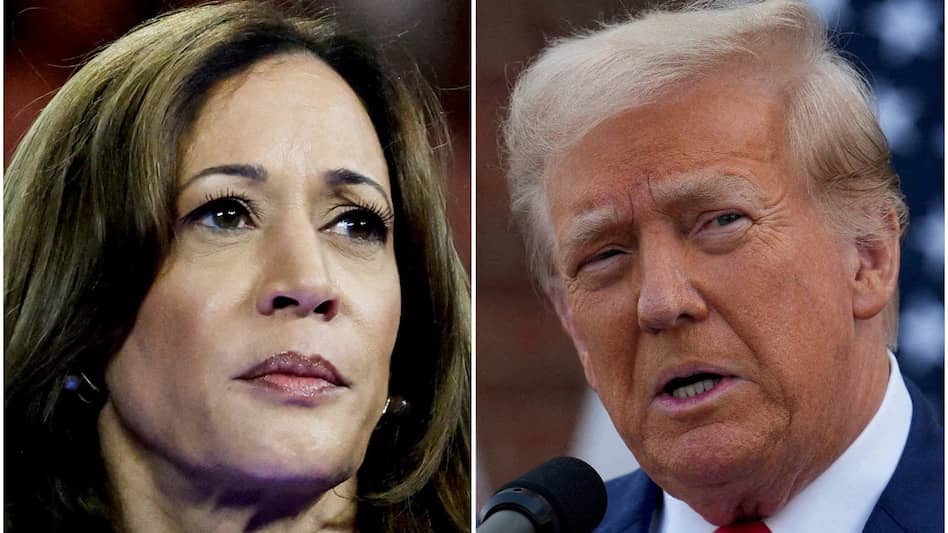
By Burnett Munthali
As Election Day 2024 approaches, the race between former President Donald Trump and incumbent Vice President Kamala Harris is intensifying with high-stakes decisions and dynamic voter responses. Trump’s proposal for new tariffs and Harris’s continued momentum reveal two distinct approaches that may shape the final outcome. Here’s an analysis of the key elements driving both campaigns.
Trump’s tariff strategy: A promise to bring jobs home
In a bold move reminiscent of his 2016 and 2020 campaigns, Trump has floated new tariffs as a central economic policy. He argues that these tariffs will revitalize American manufacturing and protect U.S. jobs from overseas competition, specifically targeting China and countries perceived as threats to American industry. The message is clear: Trump aims to reinvigorate the base that values economic protectionism, hoping to appeal to working-class voters disenchanted with globalization’s impact on U.S. industries.
Yet, this tactic also risks alienating voters who fear that tariffs could drive up consumer prices and provoke trade wars. Many Americans remember the economic repercussions of Trump’s previous tariffs, and while they did boost some sectors, they also increased costs for American consumers and created trade tensions with major allies. Trump’s gamble may resonate with a segment of the electorate who feel overlooked by economic globalization, but it may equally risk pushback from voters wary of economic instability.
Harris’s momentum: Capitalizing on progressive achievements
On the other side, Vice President Kamala Harris is riding a wave of recent momentum into Election Day. Her campaign has focused on a range of progressive achievements under the Biden administration, emphasizing social justice reforms, environmental policies, and healthcare improvements. Harris’s narrative has centered on building a more inclusive America, with an eye on policies benefiting marginalized communities.
Her momentum reflects strong support from younger voters, women, and minority groups, who are motivated by her promises to expand access to healthcare, education, and economic opportunities. In contrast to Trump’s message, Harris’s approach highlights unity and progress through structural reforms, appealing to voters seeking stability, fairness, and continuity.
Key battlegrounds and the final push
Both candidates are focusing intensely on swing states, with Trump aiming to boost turnout among rural and working-class voters and Harris concentrating on urban and suburban areas. Harris has made strides with early voters, particularly among younger demographics and women, while Trump is pushing for a significant turnout on Election Day itself.
Voter Sentiment and Economic Concerns
The state of the U.S. economy remains a pivotal factor in this election. Many Americans are concerned about inflation, unemployment, and the cost of living, which makes Trump’s promise to reduce foreign competition through tariffs resonate with a particular demographic. Meanwhile, Harris is advocating for government intervention to stabilize prices and increase wages, appealing to those who believe in a more robust social safety net.
The contrast between Trump’s protectionist economic approach and Harris’s progressive, reform-oriented agenda highlights the deeply divided voter base in 2024. This race represents not only a decision on policy but a broader choice on the direction of America’s economic, social, and geopolitical future.
Final thoughts
As we enter the final day of campaigning, Trump and Harris are each offering distinct visions. Trump’s tariff proposal is a reminder of his “America First” ethos, appealing to those who want to bring back U.S. jobs and limit foreign influence. Harris’s message of inclusivity and reform represents a continuation of the current administration’s agenda, aiming to sustain momentum among young, diverse voters.
With both candidates pulling out all stops, the outcome will depend on which vision resonates more with a populace grappling with economic uncertainties, social divides, and global competition.





